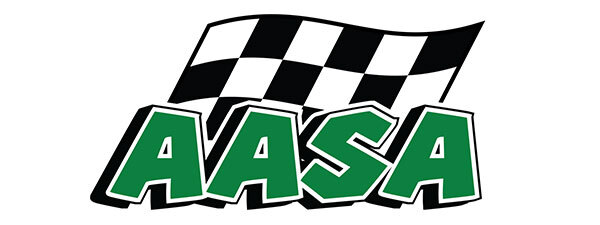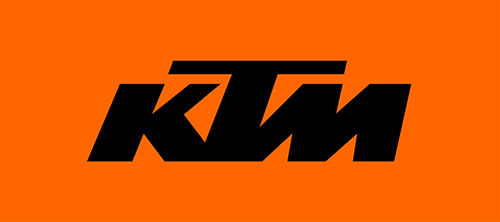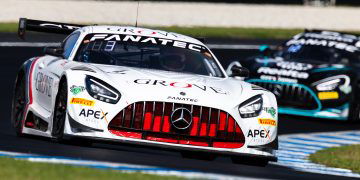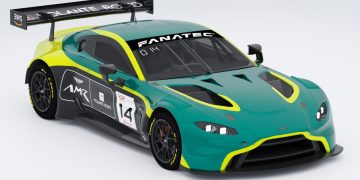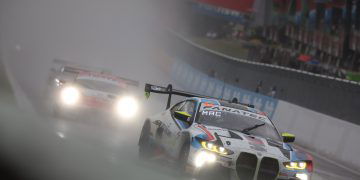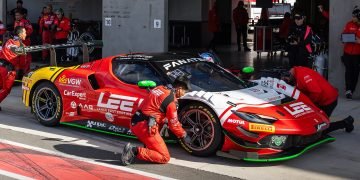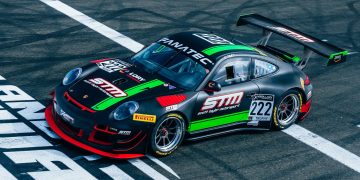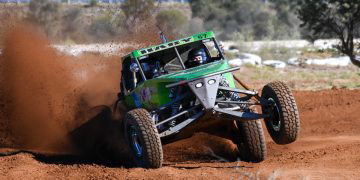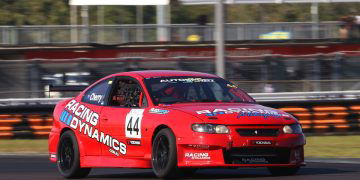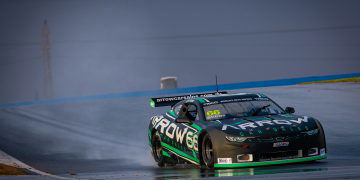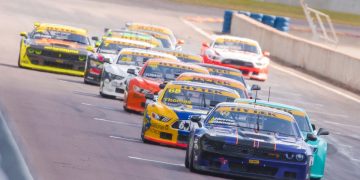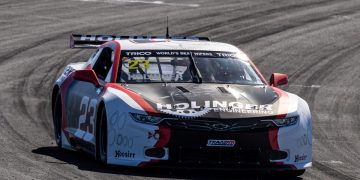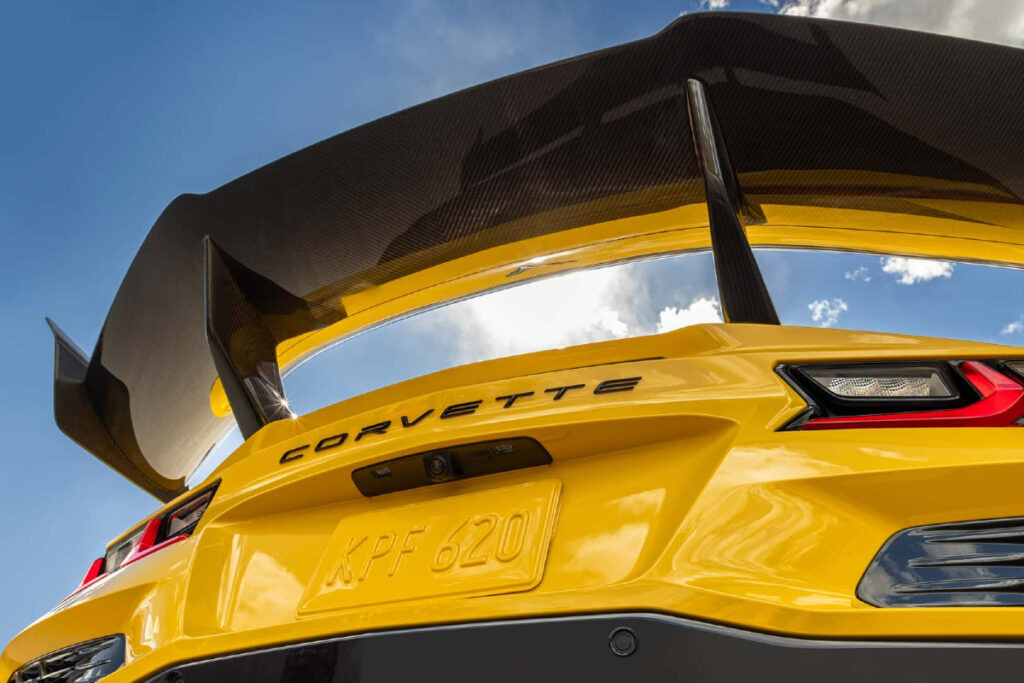
Mercedes' new-for-2020 Dual Axis Steering (DAS) system has been found not to breach Formula 1's Technical Regulations following a protest by Red Bull Racing after Friday practice.
Both Lewis Hamilton and Valtteri Bottas, who finished first and second respectively in each of the two 90-minute sessions, were seen using DAS at Austria's Red Bull Ring.
Red Bull Team Principal Christian Horner had already foreshadowed a protest, stating on Sky Sports F1 during Practice 1 that his squad was after “clarification” about the system.
“We will wait to see if it is fitted to their cars, obviously it's a complicated system, it's a clever system,” he said.
“Obviously, we're after some clarifications from the FIA, just are raising some questions about it.”
Mercedes was summoned to stewards on Friday evening (local time), with the protest officially rejected a short time ago.
DAS allows the drivers to adjust the toe of the front wheels by pulling the steering wheel towards them, ostensibly to increase tyre heat on the straights, and was debuted during pre-season testing in February.
Stewards determined that it is not illegal as they deemed it to be a steering system.
“The Stewards believe DAS is part of the Steering system, albeit not a conventional one,” read their conclusions, in part.
“The key challenges to the legality of DAS rely on it not being part of the Steering system.”
According to the summons issued by stewards, Red Bull's protest concerns Articles 3.8 and 10.2.3 of F1's Technical Regulations.
The former pertains to aerodynamic influence and states, “any specific part of the car influencing its aerodynamic performance must comply with the rules relating to bodywork” and “must be rigidly secured to the entirely sprung part of the car (rigidly secured means not having any degree of freedom)”.
It adds, “With the exception of the driver adjustable bodywork described in Article 3.6.8 (in addition to minimal parts solely associated with its actuation) and the parts described in Articles 11.4, 11.5 and 11.6, any specific part of the car influencing its aerodynamic performance must remain immobile in relation to the sprung part of the car.”
The latter article relates to geometry, stating, “no adjustment may be made to any suspension system while the car is in motion”.
In dismissing the protest regarding Article 3.8, stewards noted a ‘de facto' exception for steering as the front wheels must necessarily have an aerodynamic influence.
Among the reasons for deciding that DAS is part of the steering system, stewards noted that “DAS re‐aligns the two front wheels via the same central mechanism that conventional steering does”, and also that the hydraulic nature of the system is consistent with conventional steering.
“Stewards conclude that the DAS system is not part of the suspension, nor can it be considered to illegitimately adjust the suspension,” they affirmed.
“Therefore the Stewards consider DAS to be a legitimate part of the steering system and hence to satisfy the relevant regulations regarding suspension or aerodynamic influence.”
Red Bull may well be preparing to implement its own version of DAS, with Horner responding to a question on Sky Sports F1 about whether or not his team was uncertain about using it by saying, “You could interpret it like that if you choose to.”
He added, “It depends what it actually does and achieves. Everything has to earn its place on the car.
“Obviously, it's a clever system, an ingenious system, these rules are so complex, it's just understanding which part of the regulations it fits.”
The system will not be allowed in 2021.
Practice 3 for the Austrian Grand Prix starts tonight at 20:00 AEST, followed by Qualifying from 23:00.


